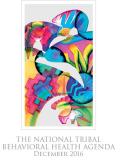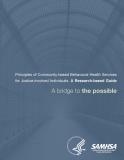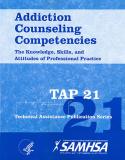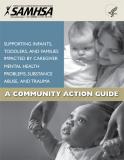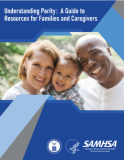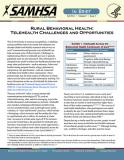
This guide explores barriers to accessing substance use disorder and mental health treatment services in rural communities, and the benefits of telehealth for these communities. It assists practitioners with implementing telehealth technologies as a means to increase access to services.
Units per Product
Download
In Brief: Rural Behavioral Health
File Type: PDF
File Size: 593 KB


